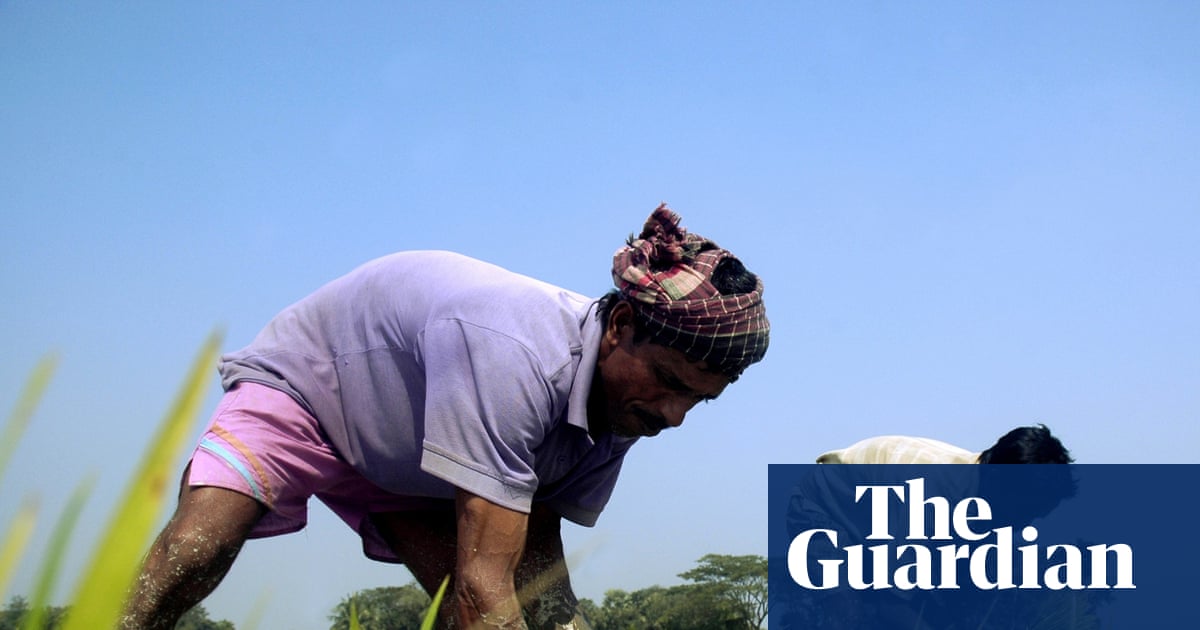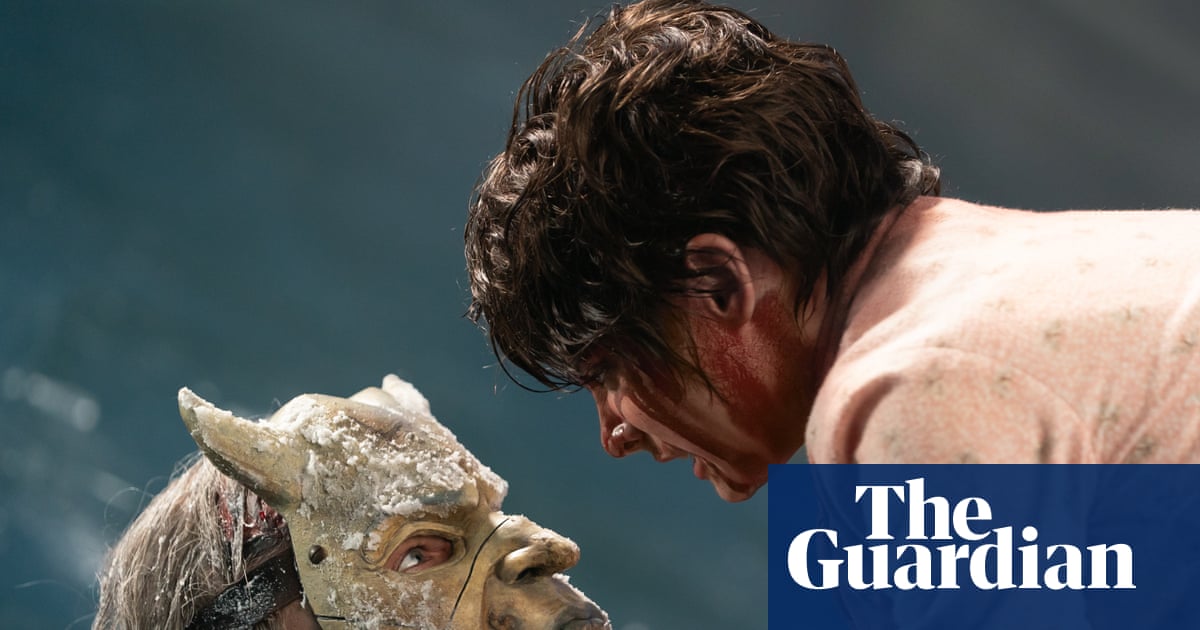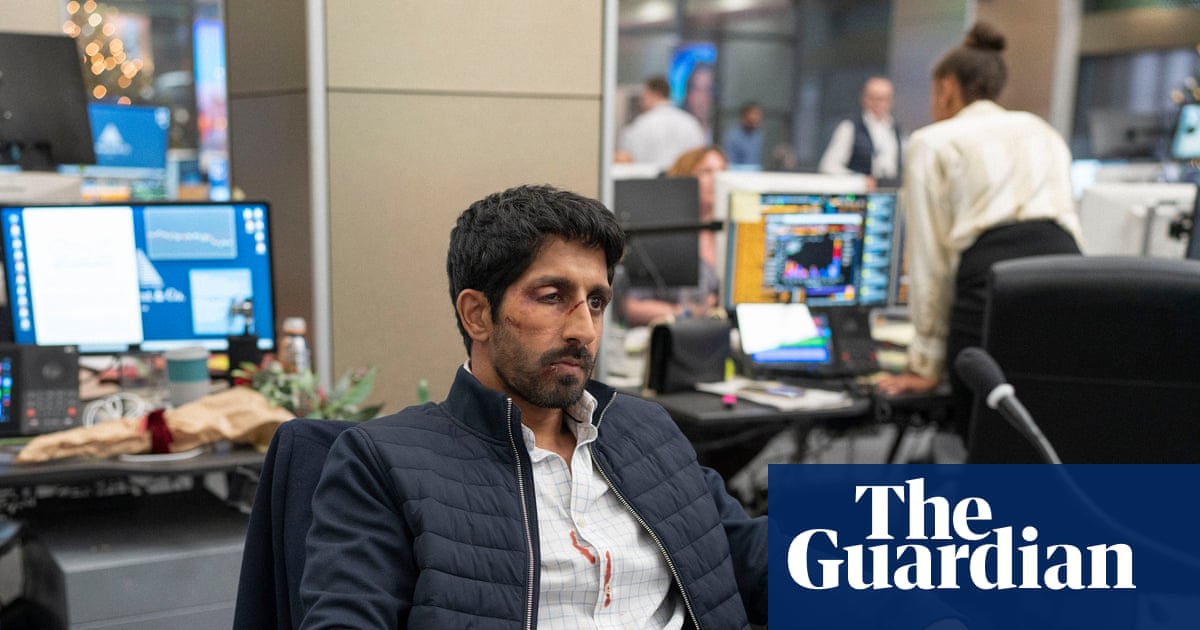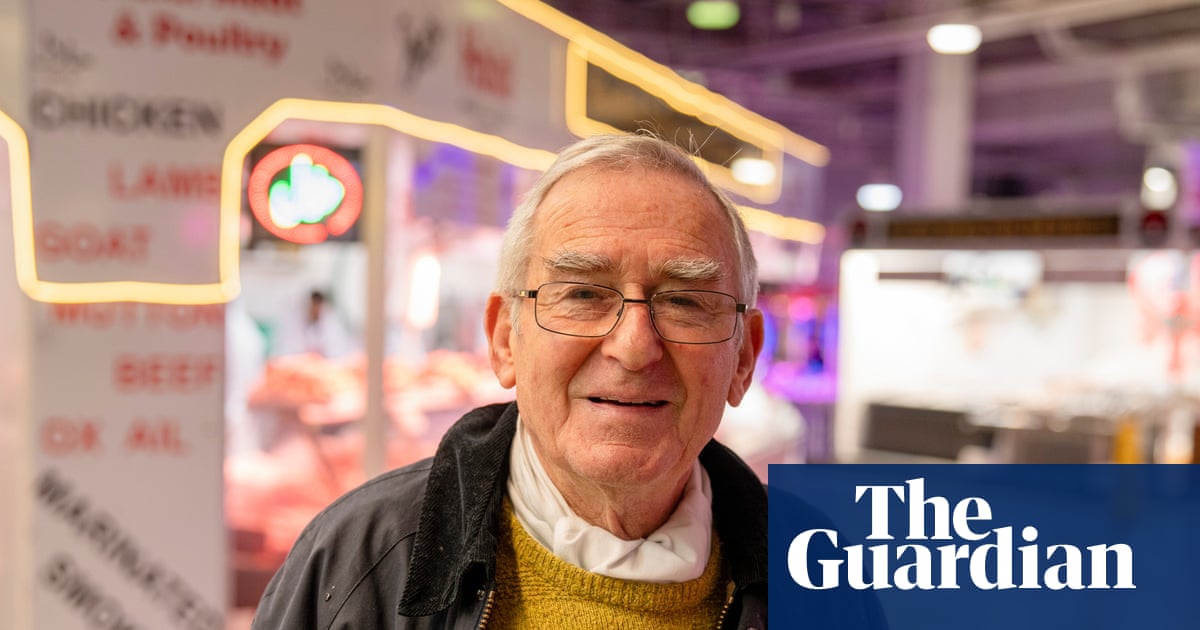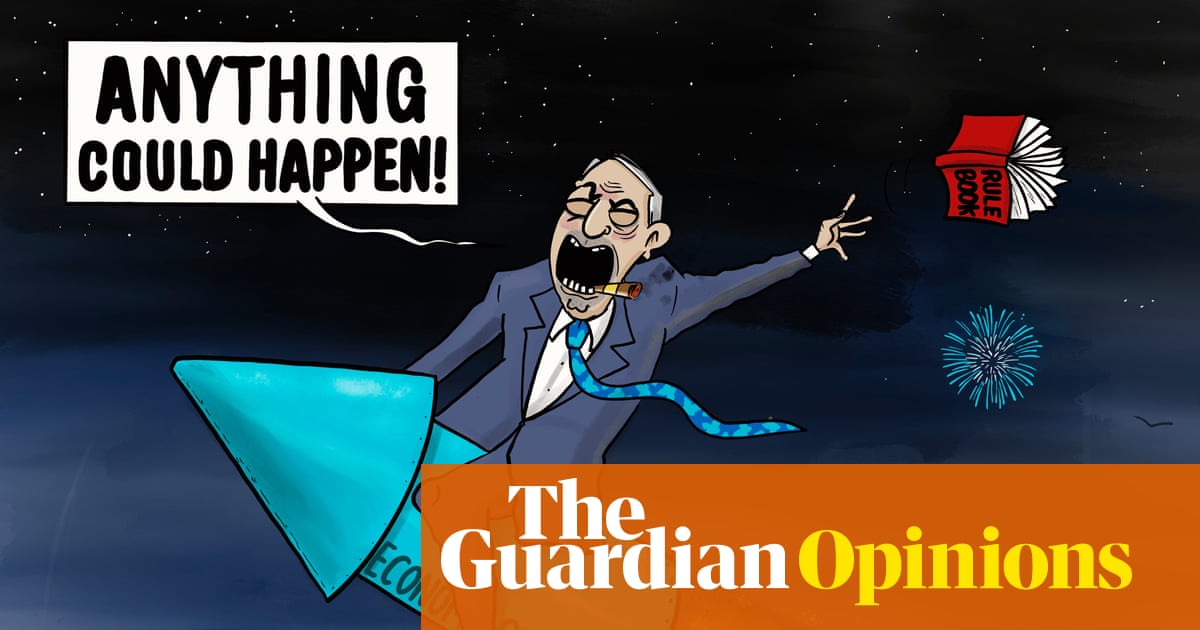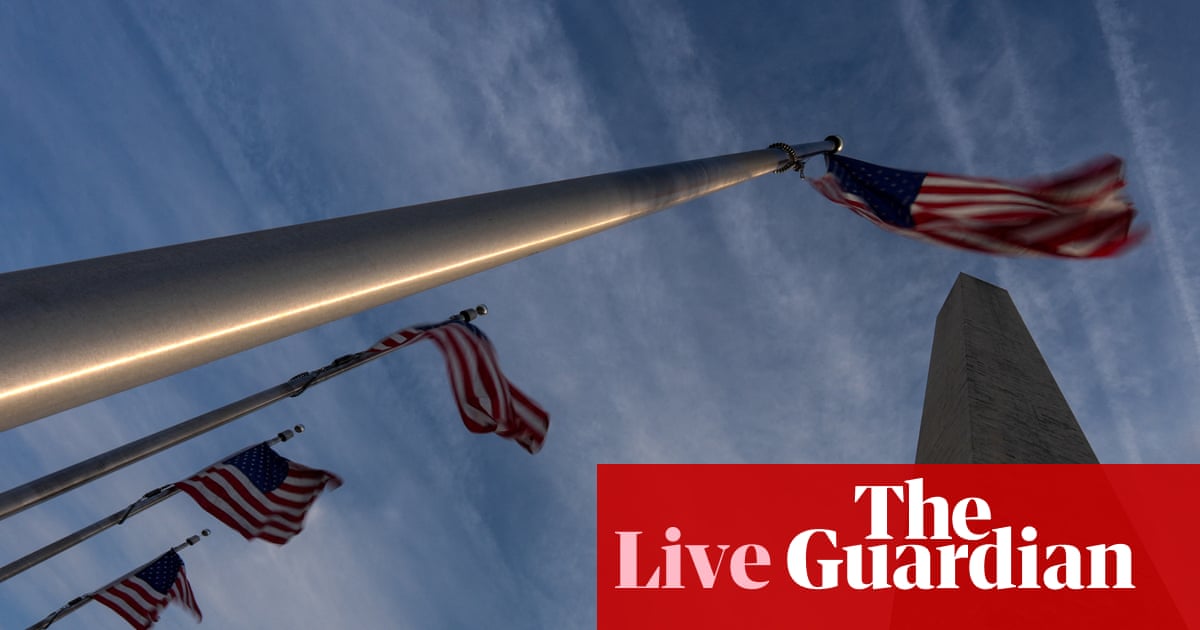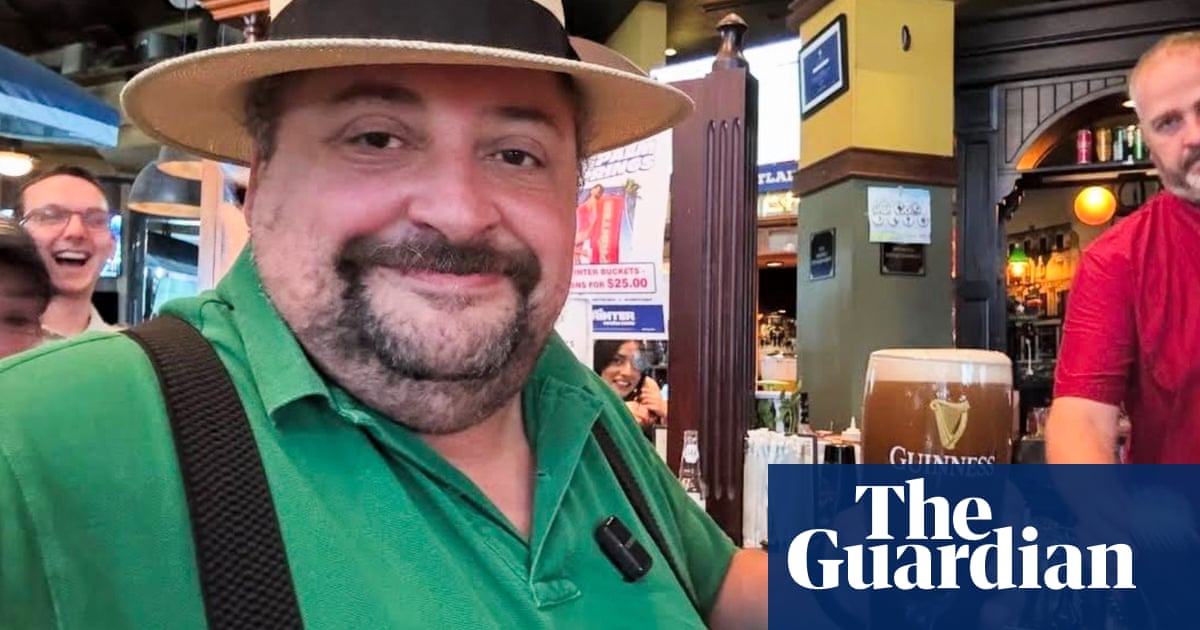Amid the ongoing war in Ukraine and between the fragile borders that crisscross the former Soviet Union, the self-proclaimed Republic of Transnistria, which broke away from Moldova more than 30 years ago after a brief but bloody conflict, remains locked in deep political and diplomatic isolation.
Home to about 450,000 people, Transnistria is a narrow strip of land wedged between Moldova and Ukraine, along the eastern bank of the Dniester River. Its de facto capital, Tiraspol, lies less than 60 miles from the Ukrainian port city of Odesa. Though small in size – about 125 miles long – the region holds outsized strategic importance, sitting on a key corridor between the Black Sea and central Europe.
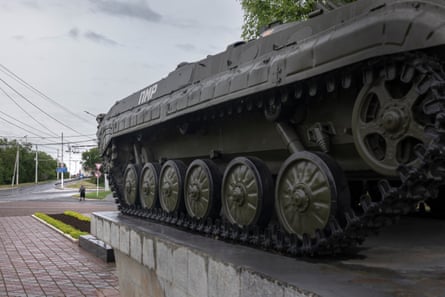
-
Tanks on display in the streets of Tiraspol come from the Dniester war, also known as the Transnistrian war or Moldovan civil war. This post-Soviet conflict in 1992 pitted the Transnistrian army (supported by Russia) against the Moldovan armed forces on the banks of the Dniester River. The conflict caused about 1,000 deaths.
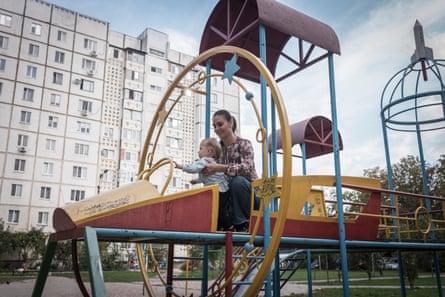
-
Maria, 35, and her daughter Miroslava, who live in Tiraspol.
This separatist region has its own institutions and government but is not officially recognised as a nation by any UN member state – not even by Russia, which maintains about 1,500 troops in the territory, nominally as “peacekeepers” but in practice as a means of projecting influence over Moldova.
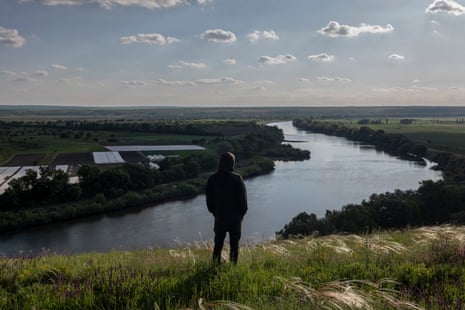
-
Simon, like many young people, comes to this hill along the Dniester. During the war against Moldova, snipers were positioned on this hill and held the future border.
This lack of recognition leaves Transnistria in a grey zone of international law, cut off from global organisations and trapped in its post-Soviet legacy. While other former Soviet republics have integrated into international structures and forged new political paths, Transnistria has remained firmly rooted in a bygone Soviet past.
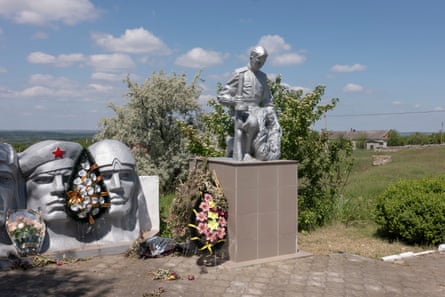
-
In many Transnistrian villages, monuments to the civil war between Moldavia and Transnistria, and to the victory over Nazism, are regularly decorated with flowers.
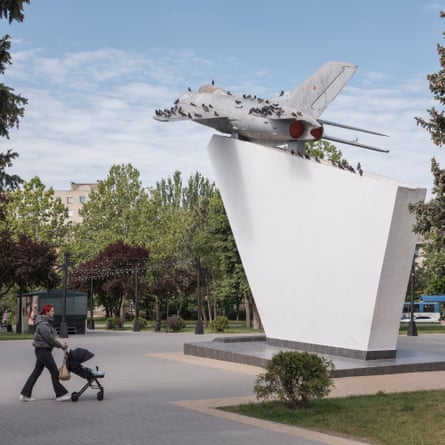
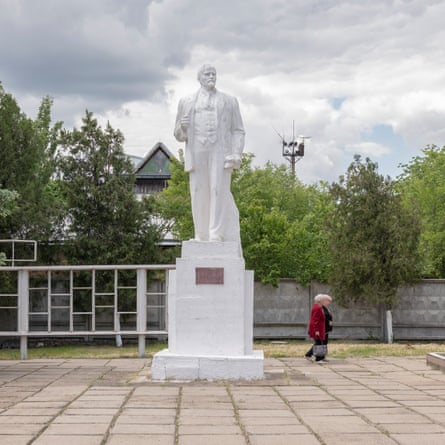
-
Left: a young mother walks past the Aviators’ Monument, located in the 60 Years of October Square in the eastern suburbs of the de facto capital. Right: in front of the Bulgarian House of Culture in Parcani stands a statue of Lenin.
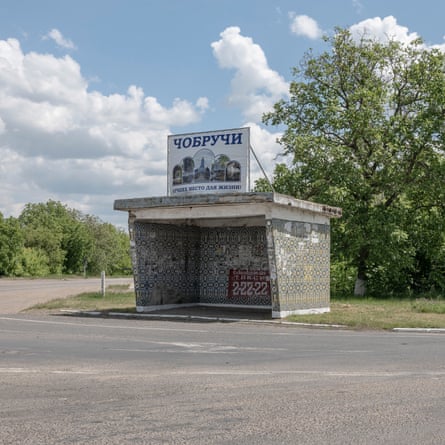

-
Left: a crossroads in a rural area of Transnistria. Right: a Moldovan well dating from the Soviet era in the countryside
Across the territory of the Pridnestrovian Moldavian Republic, the name used by Transnistria, Soviet symbols still dominate the landscape, reflecting a persistent nostalgia for a vanished political order. This attachment has left Transnistrians particularly vulnerable, reinforcing the perception that they are orphans of history, frozen in a moment that no longer exists.
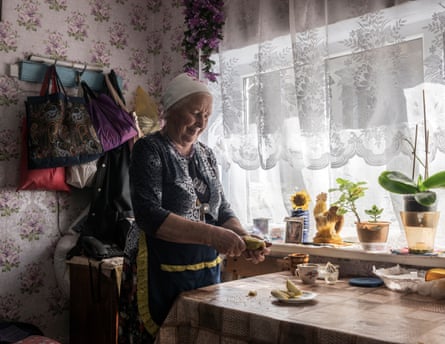
-
Varvara Dobish, 84, lives in the village of Slobodezia. The village is divided into two parts: the Russian part, where she resides, and the Moldovan part.

-
Marina lives in the Moldovan part of the village of Slobodezia and every day welcomes her daughter-in-law, Katerina Petraru, and grandchildren Dimitri, five months old, and Varia, 12
The inhabitants of this forgotten republic often face an identity crisis, living at a cultural and linguistic crossroads and navigating between Moldovan, Romanian, Ukrainian, Bulgarian and lingering Soviet identities. This ambiguity deepens their sense of abandonment, as they officially belong to no clearly defined nation.

-
Anna Vernichesco, 29 years old, lives in Bendery.

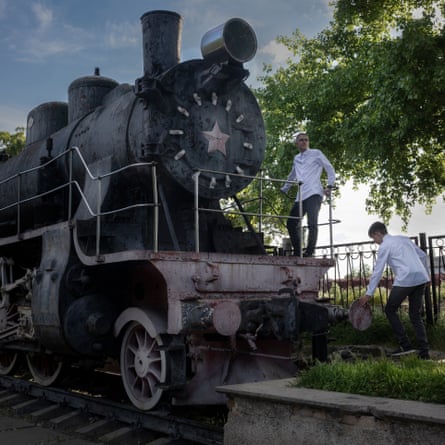
-
Left: Yulia, 31, is seven months pregnant. Right: teenagers who have escaped from a wedding play on a Russian CY 06-71 steam locomotive dating from the revolution, which serves as an often-closed museum.
Because of its murky legal status and lack of international oversight, Transnistria quickly became a haven for smuggling and organised crime in the 1990s. Its “grey zone” position allowed illicit trade – from weapons and fuel to cigarettes and alcohol – to flourish, turning the region into one of post-Soviet Europe’s most notorious black markets.
Over time, much of the local economy fell under the control of Sheriff, a powerful and shadowy conglomerate that dominates everything from supermarkets and petrol stations to the media and a football club. Today, Sheriff’s influence is so pervasive that many residents say the company wields more authority than the government itself.
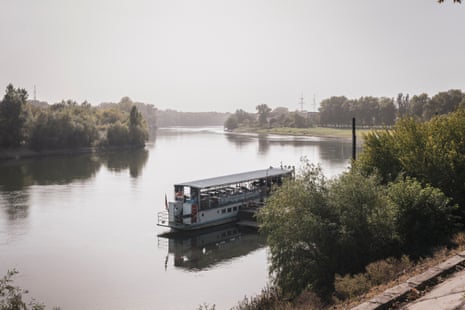
-
The only boat in Tiraspol that allows for navigation on the Dniester and visits around the city is often docked due to a lack of visitors. It sets sail only when the 20-passenger minimum is reached. Generally during the week the boat remains docked, waiting for passengers.
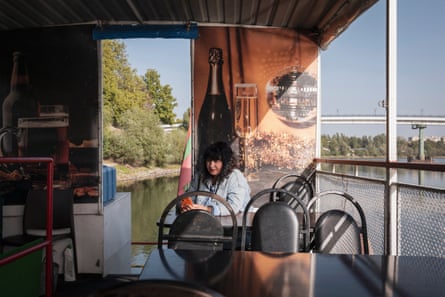
-
The boat’s owner waits for passengers.
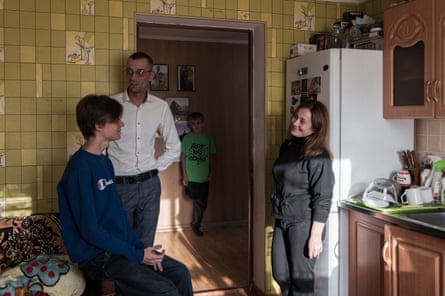
-
Vitaliy, 40, Natasha, 43, Vlad, 17, and Bogdan, 11, a family living in Tiraspol.
Russia’s full-scale invasion of Ukraine in 2022 brought a new level of insecurity to Transnistria, plunging the already fragile region into a fresh political and economic crisis. For decades, Transnistria survived on virtually free gas supplied by Russia through pipelines running across Ukraine. After the invasion, those flows were severely disrupted, forcing the closure of almost all industrial enterprises.

-
A diner watches old Soviet TV programmes in the Stolobka restaurant in Tiraspol. This USSR canteen welcomes locals and the odd tourist.
The Russian military presence in Transnistria has fuelled nervousness in Moldova, where officials fear Moscow could use the enclave to open a new front in its war against the west. Since coming to power in 2020, Moldova’s pro-European president, Maia Sandu, has vowed to steer the country firmly away from Russia’s influence – a stance that has deepened friction with the pro-Russian authorities in Transnistria, long seen as a thorn in the side of Moldova’s bid to join the European Union.

-
A new Sheriff supermarket in the town of Rîbnița. The brand belongs to Viktor Gushan, a businessman with pervasive influence, who is said to control 60% of the country’s economy.
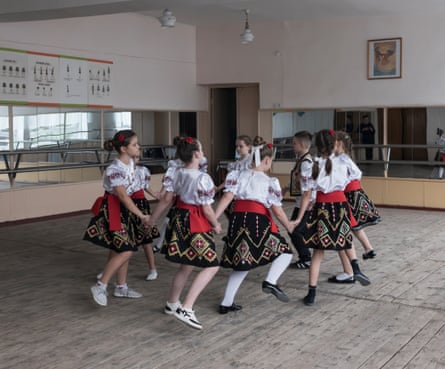
-
Children rehearse for their year-end dance in traditional attire in the dance hall of Rîbniţa town hall. Traditional clothing holds significant importance in Slavic culture.
Still, there are signs of a growing appetite among ordinary Transnistrians to distance themselves from the Kremlin, and increasing discussion in Moldova about a possible future reunification with its restive neighbour. In September parliamentary elections, a record one-third of Transnistrians cast their ballots for Moldova’s pro-EU PAS party, as deepening economic hardship has driven many to seek greater stability and a return to some sense of normality.

-
Ludmila, Luba and Svetlana live in the village of Rogi, on the Moldovan border. They work together to promote traditional clothing and organise dances and performances for local people.

 8 hours ago
6
8 hours ago
6


